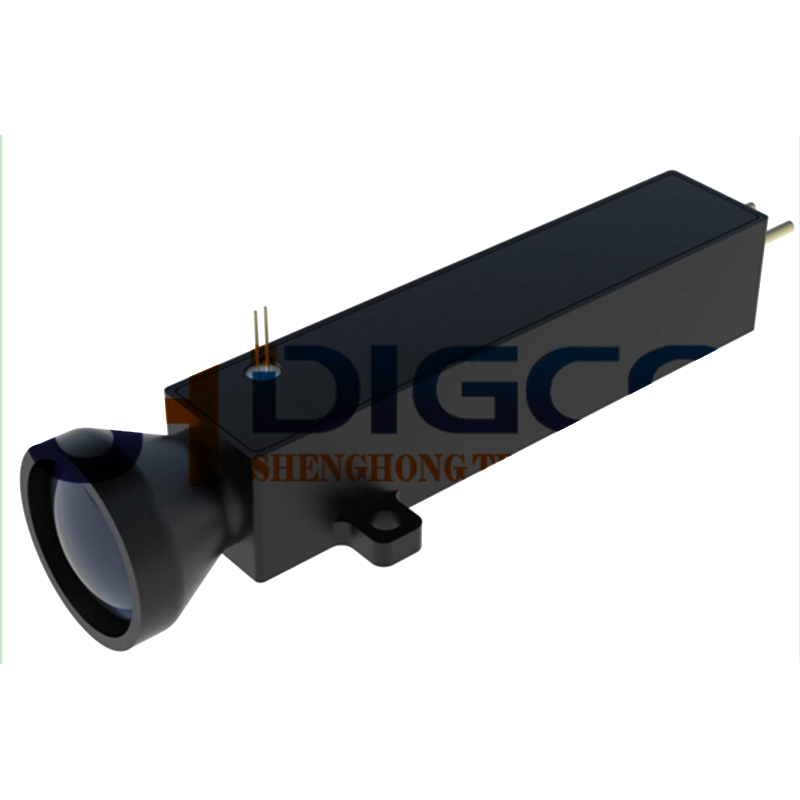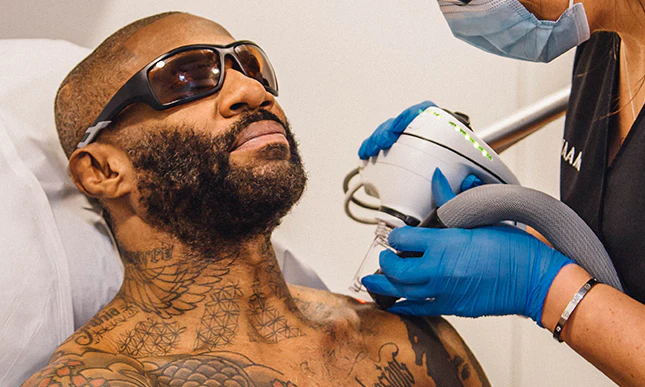Excellent Tips To Picking A Safe Laser Device
Excellent Tips To Picking A Safe Laser Device
Blog Article
How Can The Safe Laser Low-Level Therapy (Lllt) Help With Ulcerative Wounds?
Low-level laser therapy with safe lasers (LLLT), through it stimulating tissue repair can assist in healing ulcerative lesions. LLLT accelerates tissue regeneration and repair by promoting metabolic processes in cells. It stimulates collagen synthesis, fibroblast activity and angiogenesis (formation new blood vessels) and all of these are crucial to heal wounds. It can promote faster wound closure.
Reduced Inflammation- LLLT can reduce inflammation by inhibiting the release of pro-inflammatory cytokines, and encouraging the creation of anti-inflammatory mediators. LLLT aids in reducing inflammation, which can impede healing and exacerbate injury to the tissue caused by the form of ulcerative injuries.
Pain Relief LLLT reduces pain through decreasing nerve conduction. It may also assist to alleviate discomfort in ulcerative sores that can cause severe pain.
Improved Circulation LLLT increases vasodilation, microcirculation and blood flow. A better blood circulation system ensures nutrition and oxygenation to tissues. This assists in promoting healing, and removes the waste products and toxins.
Antimicrobial Effects - LLLT has been found to have antimicrobial effects, that can reduce the chance of infection in ulcerative wounds. By encouraging bacterial clearance and preventing the spread of infection to the wound site, LLLT can help reduce the risk of infection in wounds and speed up healing.
Reduced Scar formation Reduced Scar Formation LLLT can help reduce scarring in ulcerative wounds, by promoting tissue remodeling and regeneration. LLLT increases collagen production and helps align collagen bundles, resulting in a stronger, more organized scar. This leads to better aesthetic results.
In general low-level Laser Therapy using safe Laser is a safe and non-invasive method of treating wounds caused by ulcers. This treatment speeds up wound healing, reduces discomfort, and improves overall wound outcomes. It is recommended to speak with your doctor for best treatment and care for ulcerative wounds prior to utilizing LLLT. View the best safe laser 500 ár for website tips including lagylezer terapia, orr lézer készülék, lágylézeres készülék, lágylézer hatása, lágylézer kezelés budapest, lágylézer készülék, safe laser készülék, safe laser bérlés, otthoni lézer kezelés, gyógyító lézer készülékek and more.
What Can Low-Level Safe Laser Therapy Help With Nose Problems? And What Is The Best Way To Do It?
Low-level laser therapy is utilized to treat a range of nasal disorders. LLLT can be effective for cases of sinusitis and rhinitis.
Pain Relief - LLLT aids in reducing the pain caused by conditions such as nasal trauma and sinusitis.
Improved tissue healing LLLT increases cellular growth and metabolism, which results in faster tissue growth and repair. LLLT stimulates faster tissue repair and regeneration for nasal traumas or mucosal ulcers.
Improved Blood Circulation – LLLT enhances microcirculation by enhancing vasodilation. This increases the flow of blood to nasal tissues. Improved Blood Circulation - LLLT can improve blood circulation and supply oxygen to tissues that are inflamed and damaged, thereby promoting healing and decreasing swelling.
Reduced Nasal Congestion LLLT has been shown to ease nasal congestion by promoting vasodilation, and also reduce nasal mucosal swelling. This is particularly beneficial for sufferers of chronic sinusitis and allergy rhinitis in which nasal congestion can be an important manifestation.
Management of Nasal Allergies LLLT helps reduce inflammation in the nasal passages as well as the sinuses. LLLT reduces symptoms like itching and sneezing by regulating the immune system and decreasing the release of histamine.
Overall low-level Laser Therapy using Safe Laser is a non-invasive method that does not require the use of drugs to treat problems with the nose. It can offer relief from inflammation, pain and congestion. It is important to consult with a healthcare professional for proper diagnosis and treatment recommendations before using LLLT for nose conditions. Follow the top lágylézer for site examples including lágylézer kezelés, lézeres fájdalomcsillapítás, safe laser kezelés budapest, mozgásszervi betegségek kezelése, lezeres kezeles, safe laser kezelés budapest, lágylézer készülékek, lágy lézer kezelés, laser kezelés, lezer kezeles and more. 
What Is The Average Time A Safe Laser Last To Heal A Wound?
Safe Laser low level laser therapy is effective in healing wounds, but the results may differ based on the severity and nature of wound, as well as the reaction of the patient to the treatment. Generally, a number of LLLT treatments over a specific duration of time is advised to ensure optimal healing of wounds.
Type and severity of the Wounds - The nature and degree of the injury may determine the amount of LLLT sessions needed. Smaller, less severe wounds might require fewer sessions than larger or more serious wounds. In addition, chronic wounds and wounds with underlying health conditions may require more sessions in order to get the best healing.
The amount of LLLT treatments required will also depend on the the stage of wound healing. Different stages of wound healing such as inflammation, proliferative, and remodelling, could require different treatment strategies. LLLT can be utilized throughout the various stages of wound healing to aid in regeneration and repair of tissues.
Individual Response- Individual variables such as general health and immune function affect how the wound heals after LLLT. Certain people respond faster to treatment and experience quicker healing of wounds, while other may need a longer course of therapy.
Treatment protocolThe treatment plan suggested by a medical professional will have a major impact on the frequency and duration of LLLT treatments for wound healing. Healthcare professionals can tailor treatment plans for each patient. This might include scheduling LLLT several times per week over a period of time.
Certain people might see improvement in their wounds following a couple of LLLT treatments, while others may require more comprehensive treatment to get optimal results. In order to maximize the benefits of LLLT therapy, you must follow the guidelines provided by a doctor. It is also vital to keep track of the progression of the wound and to communicate with the healthcare provider to ensure proper management of the injury is in place and that any necessary changes to the therapy plan are implemented.